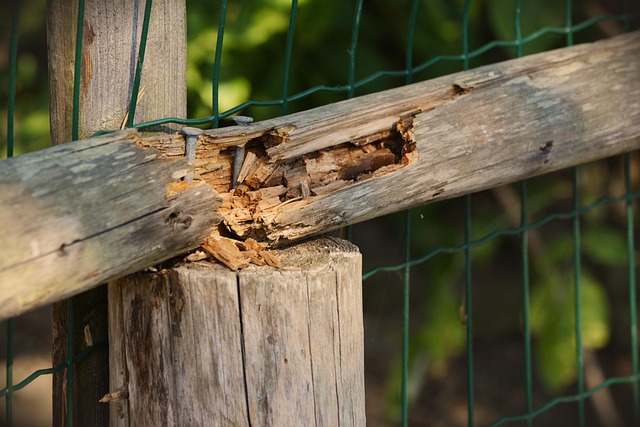Prompt faucet repair is crucial for maintaining hygiene, preventing water waste, and reducing utility costs. Regular maintenance, including inspecting connections and replacing worn parts, can avert issues like leaks, clogs, and intermittent water flow. For minor repairs, homeowners can use DIY methods with common tools. Leaky faucets can be fixed by checking seals and gaskets, while clogs are cleared by removing debris or using specialized tools. Replacing old or damaged faucets enhances aesthetics and functionality, requiring specific tools and steps to prevent leaks and ensure water tightness. Choosing reliable repair services involves reviewing customer feedback, technician expertise, pricing transparency, warranties, local origins, and emergency availability.
“Reliable Faucet Repair Solutions: Navigating Common Issues and Ensuring Hygiene. Faucets, often taken for granted, can present various problems from leaks, clogs to damaged parts. Understanding these common faucet issues is the first step towards efficient repairs. This comprehensive guide delves into detailed solutions, offering both DIY techniques and expert tips for choosing reliable repair services. Learn how prompt action on leaks and clogs prevents hygiene risks and cost savings. Get equipped with knowledge on tools, materials, and step-by-step guides for various repairs.”
Understanding Common Faucet Issues: Leaks, Clogs, and More
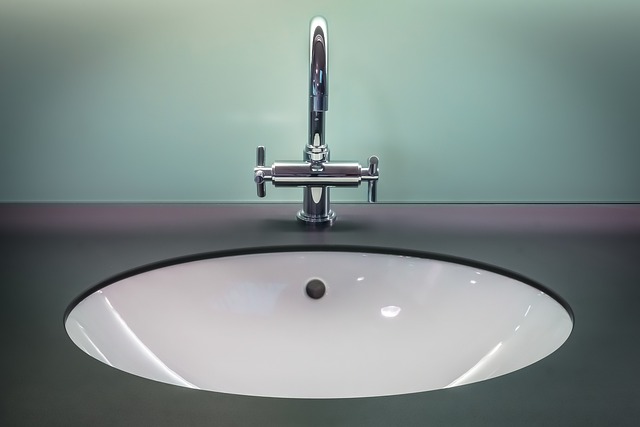
Faucet problems are among the most common household issues, often presenting as leaks, clogs, or intermittent water flow. These issues can range from minor inconveniences to significant waste of water and money. Leaks, for instance, can lead to rising water bills and potential damage to your property. Clogs, on the other hand, disrupt smooth water usage and may require immediate attention to prevent severe blockages.
Understanding these common faucet repair problems is the first step towards efficient solutions. Regular maintenance, such as checking connections and replacing worn-out parts, can help prevent many of these issues from arising. For leaks, examining the faucet’s seals, gaskets, or O-rings for damage or misalignment is crucial. Clogs can often be resolved by clearing debris from the drain or using specialized tools to dislodge blockages. Prompt action on these common problems ensures your faucets function optimally and saves you from costly repairs.
The Importance of Prompt Faucet Repair for Hygiene and Cost Savings
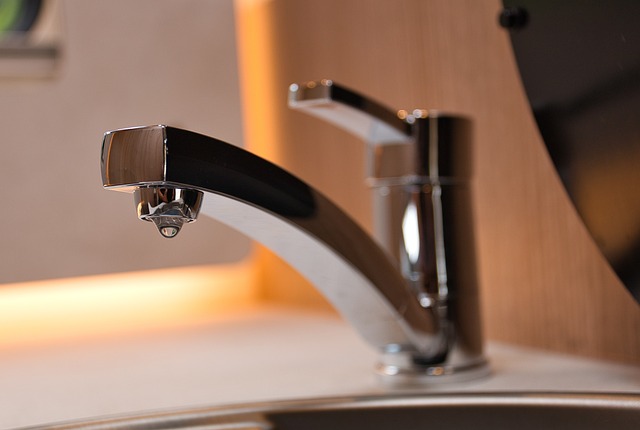
Prompt faucet repair is not just a matter of convenience; it’s crucial for maintaining optimal hygiene standards in any setting, be it your home or a commercial space. Leaks and dysfunctions can lead to water waste, which not only increases your utility bills but also contributes to environmental concerns. Beyond the ecological impact, leaky faucets pose a significant health risk by fostering bacteria growth and creating breeding grounds for germs, particularly in areas prone to moisture accumulation like sink drains.
Regular upkeep ensures that any potential issues are identified and rectified early on, preventing larger, more expensive repairs down the line. Cost savings from fixing leaks promptly can accumulate over time, making it a smart investment for any property owner. Moreover, addressing faucet problems quickly helps maintain the overall aesthetic appeal of your space, ensuring your sinks remain functional, efficient, and free from unsightly drips or puddles.
Tools and Materials Required for DIY Faucet Repairs
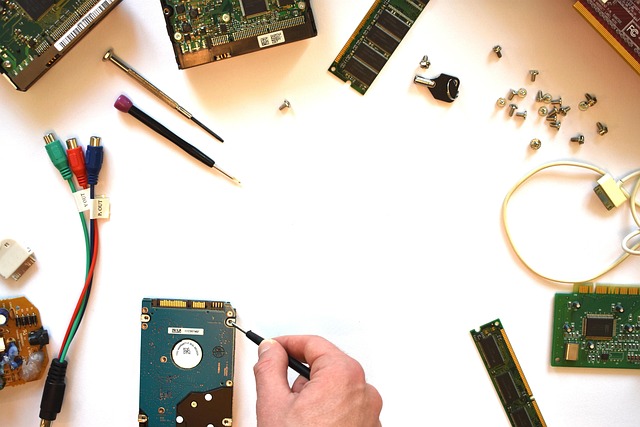
When tackling DIY faucet repairs, having the right tools and materials is crucial for a successful and smooth fix. The basic toolkit for most faucet issues includes pliers, adjustable wrenches, a screwdriver (both flathead and Phillips), a new O-ring or washer, and pipe tape or thread sealant. These essentials are readily available at hardware stores and can enable you to address common problems like leaking, dripping, or blocked faucets.
For more complex repairs, such as replacing the faucet cartridge or aerator, additional tools like a faucet disassembly tool or a deep-well socket may be needed. Always ensure that you have all necessary components before starting the repair process. This includes identifying the specific parts of your faucet and sourcing compatible replacement parts to guarantee a reliable fix.
Step-by-Step Guide to Fixing a Leaking Faucet

Leaky faucets can be a common household issue, but fixing them doesn’t have to be complicated. Here’s a simple step-by-step guide for tackling this problem yourself. Start by turning off the water supply valves located under the sink. These are usually easy to spot and control with a simple turn. Next, gather the necessary tools: a wrench or pliers for unscrewing parts, and possibly some replacement washers or O-rings, which can be found at any hardware store. Disassemble the faucet by removing the handle and any decorative covers, exposing the internal components. Inspect these parts for damage or debris; clean them if needed. The key to a successful repair often lies in replacing worn-out parts with new ones. Once all components are clean and in good condition, reassemble the faucet, ensuring each part is securely fastened. Finally, turn on the water supply valves again and test the faucet’s functionality. If the leak persists, it might be best to consult a professional plumber for further assistance.
Remember that regular maintenance can prevent future issues. Periodically checking your faucets and addressing any small problems early on can save you from more complex (and costly) repairs down the line. Keeping an eye out for even the slightest signs of leaks or unusual noises can go a long way in maintaining your home’s plumbing system.
Unclogging Your Faucet: Methods and Tips to Clear Blockages
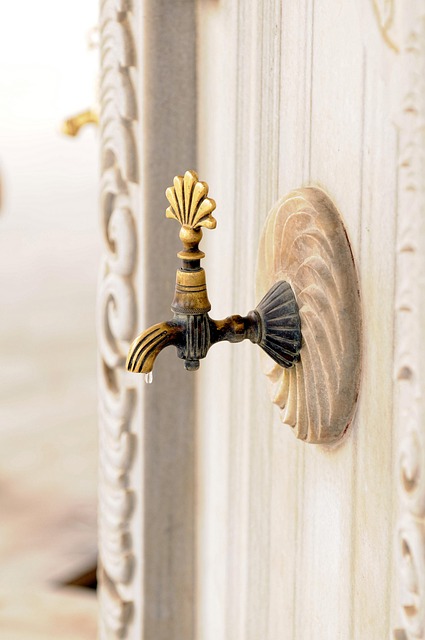
When it comes to faucet repair, unclogging your faucet is often a simple yet effective solution for many common issues. Before reaching for chemical cleaners or calling a plumber, try these straightforward methods to clear blockages. Start by turning off the water supply valves located under the sink to prevent any further leakage or flooding while you work. Next, prepare a mixture of equal parts white vinegar and baking soda; this natural cleaning agent is powerful yet safe for your pipes. Pour the mixture directly into the faucet and let it sit for about 30 minutes to allow the chemicals to dissolve any buildup. After the soak, use a plunger specifically designed for sinks to create pressure waves that can dislodge stubborn clogs.
For more persistent blockages, consider using hot water to soften and dissolve mineral deposits or food debris. Boiling water down the drain can help clear minor obstructions. Additionally, try using a slim metal hanger bent into a hook shape to manually remove any visible debris stuck in the faucet’s aerator or strainer. Regular cleaning and maintenance can prevent future clogs, ensuring your faucet remains in top condition. Remember, simple DIY techniques often provide quick fixes for everyday faucet repair needs.
Replacing Old or Damaged Faucets: A Comprehensive Process
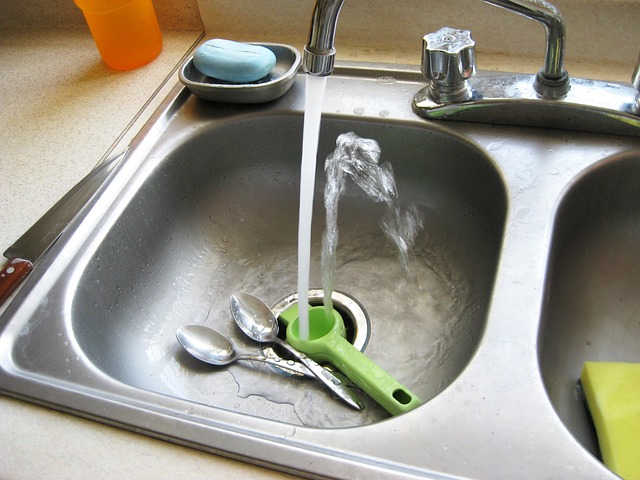
Replacing old or damaged faucets is a common home improvement task that can significantly enhance the look and functionality of any kitchen or bathroom. The process involves several steps to ensure a secure and leak-free fit. First, identify the type of faucet you have—single-handle or dual-handle—and gather the necessary tools, including pliers, wrenches, and replacement parts specific to your model. Turn off the water supply valves beneath the sink to prevent leaks during the repair. Remove the old faucet by unscrewing any connecting nuts and detaching the water lines. Inspect the space for any damage or debris, ensuring a clean area for installation.
Next, install new O-rings or cartridges, depending on your faucet design, to ensure smooth operation and water tightness. Align the new faucet with the existing holes and secure it in place using the appropriate fasteners. Turn on the water supply valves and check for any leaks at the connections. If everything is sealed tightly, you’re all set! Regular maintenance and timely replacement of faucets can prevent costly water damage and ensure a steady flow of hot and cold water in your home.
Choosing Reliable Faucet Repair Services: Expert Tips

When it comes to choosing reliable faucet repair services, it’s crucial to be discerning to avoid costly mistakes. Look for companies with a proven track record and positive customer reviews. Reputable firms employ licensed, experienced technicians who are well-versed in various plumbing issues and the latest repair techniques. They should offer transparent pricing without any hidden fees.
Before hiring, inquire about their warranty or guarantee policies. A reliable service will stand behind their work, ensuring your faucet functions flawlessly for a set period after the repair. Additionally, consider their availability; emergency services are invaluable when dealing with sudden leaks or pipe damage. Opting for locally-based companies can also be beneficial, as they often have a better understanding of local plumbing codes and regulations.
